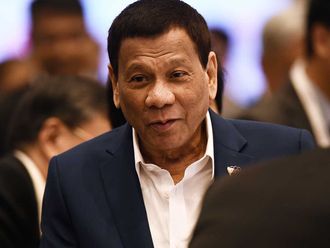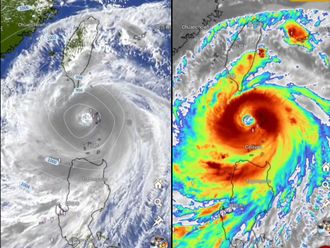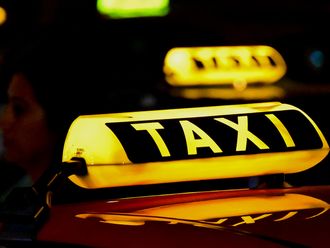Manila: The government has approved the release of funds, up to a billion pesos, to light up villages that are yet to be connected to the national power grid.
In a statement, the palace said President Benigno Aquino has instructed the Department of Budget and Management to release 1.108 billion pesos (Dh90 million) to the National Electrification Administration (NEA) to implement two major electrification programmes.
Of the total amount, 518.92 million pesos will be used to implement the Barangay Line Enhancement Project (BLEP) to improve electric services in 202 barangays (villages), while 589.32 million pesos will go to the Sitio Electrification Project (SEP), which will connect 833 sitios (sub-villages) to the nation's power grid.
Five-year target
According to the statement, the NEA has set a five-year target (2011-2015) for the implementation of the two projects to upgrade electricity services in 2,341 barangays and to light up 32,441 sitios.
"The 1.108-billion peso release will allow the NEA to provide electricity to off-grid sitios [territorial enclaves] and other non-electrified communities, as well as improve the delivery of basic services in the countryside so that power disruptions are prevented," Florencio Abad, Budget and Management secretary, said.
"By giving these sitios better access to electricity, we can empower more Filipinos — particularly those living in remote areas — to become productive members of their communities and, ultimately, of society," Abad said.
He also noted the project's positive impact on sitios, beginning with the creation of additional jobs among residents.
"The response from locals has been very enthusiastic. For instance, residents from Surigao del Sur even transferred their houses from the highlands to an electrified sitio so they could benefit from the project," he said.
Residents living in off-grid areas are usually forced to minimise or cease all activity when the sun sets and visibility is poor.
"Children can now study better in the evening, and their parents can continue working well beyond sunset," he said.
Except for urban areas and developed localities, much of the Philippines is still without electricity. Being an archipelago, the country has difficulty connecting far-flung areas and islets to the national grid because of the huge expense involved. In some areas, this difficulty is remedied by providing stand-alone renewable alternative power sources, such as solar and wind energy.












